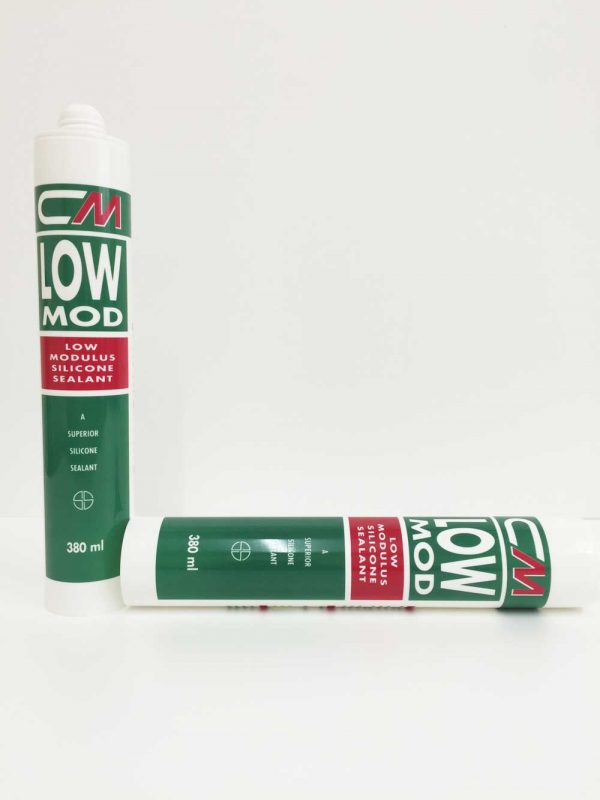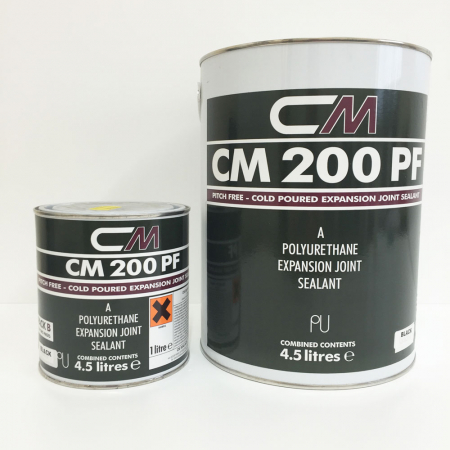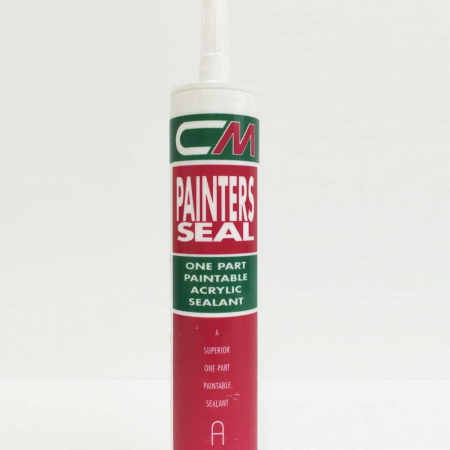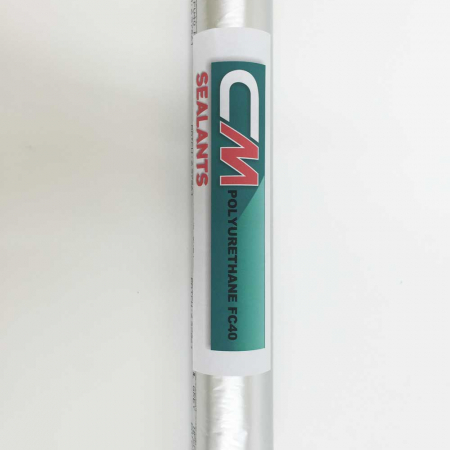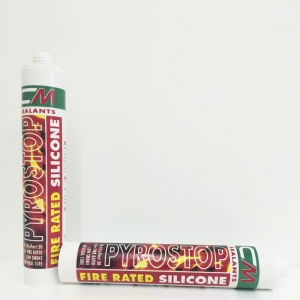Description
CM LM can be used on glass, coated glass, vitreous surfaces, metal, painted or unpainted wood, UPVC, polycarbonates, polymethacrylates, ABS, concrete, granite, marble…
Cured CM LM is resistant to diluted bases, salt spray and short term exposure to most common industrial solvents and hydrocarbon based products, in the latter case some reversible swelling and softening will occur. Acids and oxidants can affect CM LM
Typical Uses
- CM LM has been specifically developed for jointing or bonding in building and glazing applications such as:
- Expansion joints and curtain walls
- Perimeter joints around windows or doors
- Glazing joints on aluminium, wood, UPVC…
- Joints on roofs, chimneys
- Venting or gutter joints
- Bonding mirrors
- Kingspan panels
Application Procedure
Joint preparation The joint faces to be bonded must be clean, dry and free from dust, oil, grease, old sealant and any tracers of contaminant which may affect adhesion. Surfaces should be degreased with solvent using a clean cloth and the two cloth method. To remove dust, use oil-free compressed air.
Priming CM LM does not normally require primer on most common substrates used in building. In cases of immersion, mainly with porous substrates, a primer is recommended. On non-porous substrates, primer should be applied with a cloth or a soft brush, in the case of particularly porous materials, apply a second layer after drying.
Joint Dimensions The movement capability of sealant as well as local regulations must be considered. Joint width should be twice the depth.
Sealant Application For good performance it is essential that the sealant is only bonded to the two facing sides of the joint, to achieve this install a backup material (closed cell polyethylene or open cell polyurethane foam). Apply the sealant in a continuous operation making sure all air pockets or voids are eliminated. Tool the sealant with light pressure to spread the material against the joint surfaces, this operation should be made with a dry spatula before skin formation occurs. Excess uncured sealant should be wiped and cleaned with a commercial solvent such as trichlorethylene, cured sealant can only be removed by abrasion.
Limits of Use
- CM LM is not recommended for use on materials where migration of constituents can take place, e.g. certain rubbers. It must not be used for jointing aquariums or swimming pools. For all uses in permanent immersion please consult us.
- CM LM once cured, should not be painted (poor coverage and adhesion of paint).
- CM LM is not recommended where abrasion or physical abuse will be encountered. CM LM must not be used for food contact.
- When in contact with alkyd paints a slight yellowing can appear on the surroundings of the joint.
Packaging
CM LM is available in 380ml cartridges, other pack sizes are available upon request.
Storage and Shelf Life
CM LM has a shelf life of 18 months from its date of manufacture (the expiry date is shown on the packaging). Once the packaging has been opened the product must be used as soon as possible.

